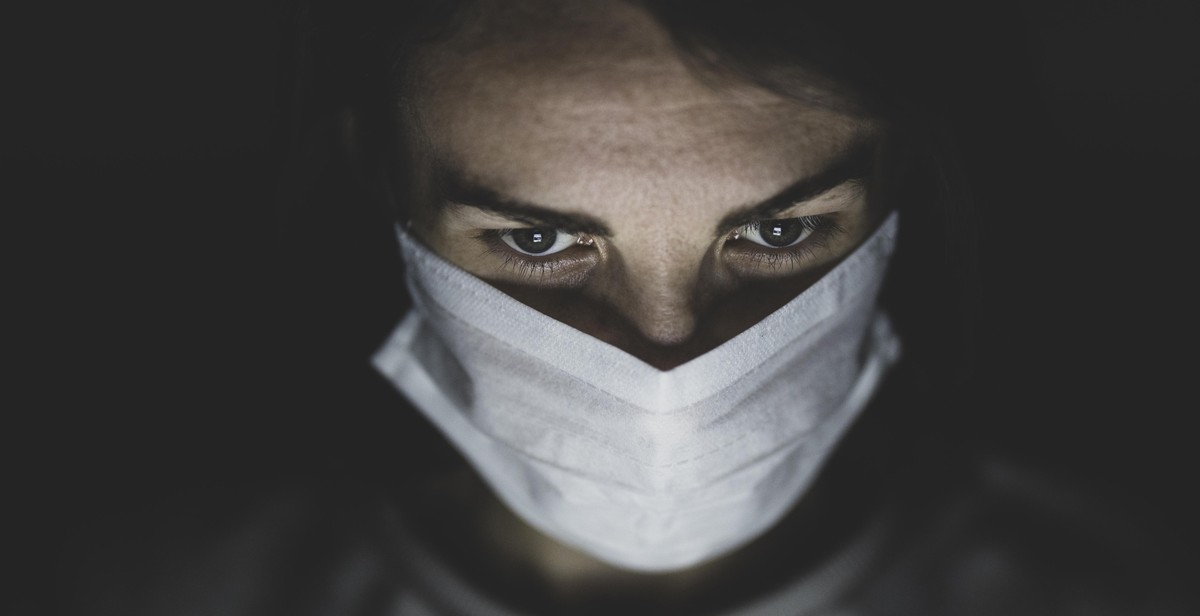How to Prevent and Treat Common Buffalo Diseases: Health Care Tips for a Healthy Herd
As a professional and experienced buffalo farmer, I have encountered various health issues that can affect the health and productivity of a buffalo herd. These issues range from minor infections to life-threatening diseases that can wipe out an entire herd. Therefore, it is crucial to implement preventive measures and seek timely treatment to ensure a healthy and profitable buffalo herd.
Preventive Measures
Preventive measures are the first line of defense against buffalo diseases. The following are some essential preventive measures to ensure a healthy herd:
- Regular vaccination: Vaccination is crucial in preventing and controlling the spread of infectious diseases.
- Clean and hygienic environment: Buffaloes thrive in a clean and hygienic environment. Ensure that the barns, sheds, and feeding areas are clean and well-maintained.
- Proper nutrition: Proper nutrition is essential for the health and productivity of a buffalo herd. Ensure that the buffaloes receive a balanced and nutritious diet.
- Regular health checks: Regular health checks by a veterinarian can help detect and prevent health issues early on.
Common Buffalo Diseases and Treatment
Despite taking preventive measures, buffaloes can still fall sick. The following are some common buffalo diseases and their treatment:
| Disease | Symptoms | Treatment |
|---|---|---|
| Mastitis | Swollen udder, fever, reduced milk production | Antibiotics, anti-inflammatory drugs, and regular milking |
| Foot and Mouth Disease | Fever, blisters on the mouth and feet, reduced appetite | Quarantine, vaccination, and supportive care |
| Brucellosis | Abortion, infertility, fever | Quarantine, testing, culling infected animals |
It is crucial to seek timely treatment for buffalo diseases to prevent further spread and ensure a speedy recovery.
Preventative Measures for Buffalo Diseases
As a buffalo farmer, it is crucial to take preventative measures to ensure a healthy herd. Here are some tips to prevent common buffalo diseases:
Maintaining a Clean Environment
Buffalos are susceptible to various diseases caused by poor hygiene and sanitation. Therefore, it is essential to maintain a clean and healthy environment for your buffalo herd. Ensure that the barns, pens, and feeding areas are clean and dry. Regularly remove manure and soiled bedding to prevent the buildup of harmful bacteria and parasites.
Also, provide adequate ventilation to prevent respiratory diseases. Ensure that the buffalo have access to clean water and that the water source is free of contaminants. Implement a pest control program to prevent the spread of diseases caused by insects and rodents.
Providing Adequate Nutrition
Buffalos require a balanced diet to maintain good health and prevent diseases. Ensure that the buffalo have access to fresh and clean hay or pasture. Supplement their diet with grain, minerals, and vitamins to ensure that they are getting all the essential nutrients they need.
Also, ensure that the buffalo are not overfed or underfed. Overfeeding can lead to obesity and other health problems, while underfeeding can weaken their immune system, making them more susceptible to diseases.
Implementing a Vaccination Schedule
Vaccinations are crucial in preventing the spread of common buffalo diseases. Consult with your veterinarian to develop a vaccination schedule that meets the specific needs of your herd.
Some of the common vaccines for buffalos include rabies, anthrax, brucellosis, and foot and mouth disease. Ensure that the vaccines are administered at the right time and that the buffalo receive booster shots as required.
By following these preventative measures, you can ensure that your buffalo herd remains healthy, productive, and disease-free.

Common Buffalo Diseases and Their Symptoms
Buffaloes are susceptible to various diseases that can cause significant economic losses to livestock farmers. It is essential to identify the symptoms of these diseases early and take appropriate measures to prevent their spread. Here are some of the most common buffalo diseases and their symptoms:
Foot and Mouth Disease
Foot and Mouth Disease (FMD) is a highly contagious viral disease that affects cloven-hoofed animals, including buffaloes. The virus can spread through contact with infected animals, contaminated equipment, or even by air. The symptoms of FMD in buffaloes include:
- Fever
- Blisters on the mouth, tongue, and hooves
- Lameness and reluctance to move
- Loss of appetite
FMD can cause significant economic losses due to reduced milk production, weight loss, and mortality.
Anthrax
Anthrax is a bacterial disease caused by Bacillus anthracis. Buffaloes can contract anthrax by ingesting spores present in contaminated soil or feed. The symptoms of anthrax in buffaloes include:
- High fever
- Depression and lethargy
- Bloody discharge from the nose, mouth, and anus
- Difficult breathing
Anthrax is a severe disease that can cause sudden death in buffaloes. Immediate isolation and treatment of infected animals are crucial to prevent the spread of the disease.
Blackleg
Blackleg is a bacterial disease caused by Clostridium chauvoei. Buffaloes can contract blackleg by ingesting spores present in contaminated soil or feed. The symptoms of blackleg in buffaloes include:
- Lameness and reluctance to move
- Swelling and pain in the affected limb
- Fever
- Loss of appetite
Blackleg can cause significant economic losses due to mortality and reduced meat production.
Bovine Tuberculosis
Bovine Tuberculosis (TB) is a bacterial disease caused by Mycobacterium bovis. Buffaloes can contract TB by inhaling or ingesting the bacteria present in contaminated feed or water. The symptoms of TB in buffaloes include:
- Coughing
- Difficulty breathing
- Weight loss
- Reduced milk production
TB is a severe disease that can spread to humans, making it a public health concern. Immediate isolation and treatment of infected animals are crucial to prevent the spread of the disease.
Brucellosis
Brucellosis is a bacterial disease caused by Brucella abortus. Buffaloes can contract brucellosis by ingesting contaminated feed or water or by contact with infected animals. The symptoms of brucellosis in buffaloes include:
- Abortion
- Reduced fertility
- Swollen testicles in males
- Reduced milk production
Brucellosis is a severe disease that can cause significant economic losses due to reduced fertility and milk production. Vaccination and proper hygiene are crucial in preventing the spread of the disease.

Treatment Options for Buffalo Diseases
When it comes to treating buffalo diseases, there are several options available. The treatment chosen will depend on the specific disease and severity of the condition. Here are some common treatment options:
Antibiotics
In cases where bacterial infections are the cause of the disease, antibiotics are often prescribed. These drugs work by killing or inhibiting the growth of bacteria, allowing the buffalo’s immune system to fight off the infection. It is important to note that antibiotics should only be used when necessary and as directed by a veterinarian, as overuse can lead to antibiotic resistance.
Anti-inflammatory Drugs
Anti-inflammatory drugs are used to reduce inflammation and pain associated with certain buffalo diseases. These drugs work by blocking the production of certain chemicals in the body that cause inflammation. Examples of anti-inflammatory drugs commonly used in buffalo include nonsteroidal anti-inflammatory drugs (NSAIDs) and corticosteroids.
Surgery
In some cases, surgery may be necessary to treat buffalo diseases. This is often the case with conditions such as hernias or tumors. Surgery may involve removing the affected tissue or repairing the affected area. It is important to note that surgery is often a last resort and should only be performed by a qualified veterinarian.
| Treatment | Pros | Cons |
|---|---|---|
| Antibiotics |
|
|
| Anti-inflammatory Drugs |
|
|
| Surgery |
|
|
Conclusion
Preventing and treating common buffalo diseases is vital for maintaining a healthy herd. By following the health care tips outlined in this article, you can ensure that your buffalo herd remains healthy and productive.
Regular Check-ups and Vaccinations
Regular check-ups and vaccinations are essential for preventing and treating diseases in your buffalo herd. It is important to work with a veterinarian who is experienced in treating buffalo and who can provide you with the necessary vaccinations and medications.
Proper Nutrition and Hydration
Providing your buffalo with proper nutrition and hydration is crucial for maintaining their health and preventing diseases. Make sure that your buffalo have access to clean water and a balanced diet that meets their nutritional needs.
Preventing the Spread of Disease
Preventing the spread of disease is key to maintaining a healthy buffalo herd. This can be achieved by maintaining a clean and hygienic environment, separating sick animals from healthy ones, and practicing good biosecurity measures.
Early Detection and Treatment
Early detection and treatment of diseases is crucial for preventing the spread of disease and ensuring the health of your herd. Regular monitoring and observation of your buffalo can help you detect any signs of illness early on, allowing for prompt treatment.
By incorporating these health care tips into your management practices, you can help prevent and treat common buffalo diseases, ensuring the long-term health and productivity of your herd.
